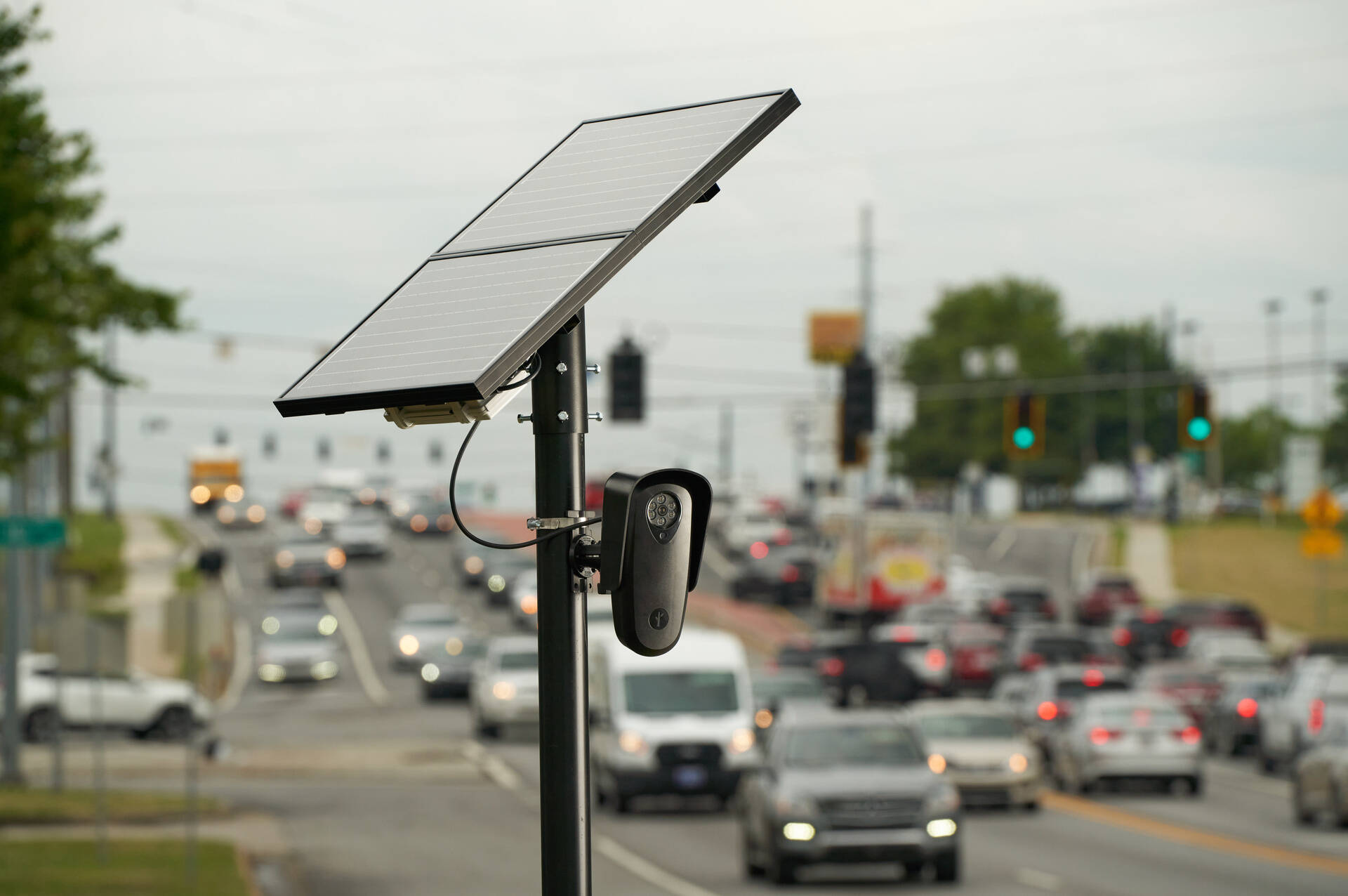Will automatic license plate readers make Black Diamond a safer place to live?
That’s the question posed to city officials and local police officers as they start a 60-day trial run of Flock Safety’s ALPR cameras.
The decision to start the trial was made during the Feb. 16 meeting, with general approval from the city council. A date for when the trial will begin has not been set, as the Black Diamond Police Department is still negotiating with Flock Safety.
For those unfamiliar with the technology, APLRs are cameras that automatically read license plate numbers and takes photos of vehicles. That information is cross-referenced with a databank of information to identify vehicles that have been reported stolen or otherwise implicated in a suspicious circumstance or a crime, from being nearby a recent break-in or even involved in an AMBER Alert. Officers are then alerted to the vehicle and dispatched.
Proponents of APLRs say the cameras help law enforcement arrest more suspects, prevent future crimes, remove bias from policing, and recover more property than agencies that don’t use the cameras. However, some people consider APLRs as mass surveillance and an invasion of privacy, as data could be used to track the movement of any vehicle, suspect or not. There are other concerns about misidentification and error rates.
According to Flock Safety Market Manager Hector Soliman-Valdez, who presented the company’s cameras to the Black Diamond City Council at its Feb. 16 meeting, the Georgia-based company started as a way to make APLRs affordable to individual communities, as opposed to municipalities and businesses with more resources.
While many ALPRs are installed on police vehicles, Flock Safety’s cameras are stationary.
This allows neighborhoods, like HOAs, to purchase and maintain the Flock Safety cameras, with the possibility of giving law enforcement access to the data it collects to stop, prevent, and deter local crime.
According to Flock Safety, “roughly 70% of all crime is committed with a vehicle,” it’s website reads. “So whether it’s vandalism, theft, or other suspicious activity, Flock Safety’s technology quickly and objectively identifies a suspect’s vehicle. If a crime does occur, Flock can automatically alert local law enforcement.”
In Black Diamond, the police department plans to deploy up to 11 cameras around the city, though where they would be placed had not yet been determined as of Feb. 22.
At $2,500 per camera per year, that comes out to $27,500 annually, if the BDPD and the city decides to continue using all 11 of the APLRs after the trial period.
BLACK DIAMOND CRIME RATES
It’s unclear at this moment if such an expense would be worth the tech; Chief Jamey Kiblinger said during the recent meeting that the trial period is the way her department will be able to determine a cost/benefit ratio. This could include hard numbers like increases in arrest, decreases in crime, or additional property recoveries.
“We don’t have a high crime rate. But I can tell you there’s been so many instances where it could be useful, where we get general vehicle information from our burglaries up at Free Up Storage, the attempted vehicle theft we had just a few weeks ago; we had somebody hit and run one of our posts on Roberts Drive the other day — we have general vehicle information, but that’s all we have,” she said. “We can’t develop any leads off of that. It’s just an opportunity to investigate further.”
Flock Safety’s APLRs can only help law enforcement collect certain information and aid with related crimes. For example, the camera can spot a stolen vehicle, or flag another vehicle for matching the description of one seen at a crime, leading to a recovery, impound, and/or arrest. There have been other instances where the APLRs have come in handy, like resolving AMBER and SILVER alerts.
Flock Safety’s cameras do not take photos of identifiable information or data, like faces, and aren’t keyed to be use for traffic enforcement, like speeding.
“These are cameras for solving crimes,” Valdez said. “There’s no way that in the future that these will be used for ticking, checking registrations, etc.”
According to Black Diamond’s annual crime stats, the department received 19 vehicle theft reports, 83 shoplifts, and 2,399 suspicious vehicle stops in 2022.
PRIVACY VS. SECURITY
Flock Safety’s spokeswoman Holly Beilin said that the company tries to balance securing neighborhoods while also protecting people’s privacy.
For example, Flock Safety cameras only take photos of license plates — and close-ups at that — and not people’s faces, and the officers can’t even use Flock Safety’s system to search by name, date of birth, social security number, gender, race, or “anything to do with a person,” she said, adding that officers have to use other system to find data like who the registered owner of a particular vehicle might be. “There’s absolutely no personally-identifiable information in the system.”
Also, the data collected by the APLRs, which is encrypted, is “hard deleted” after 30 days.
“We think 30 days is a good amount of time to balance the need for investigations and also protecting privacy,” she said.
Finally, officers are not able to access data unless they log a reason for why they’re using it; typically, Beilin said, they have to provide Flock Safety’s system with a case number first.
“The reason for that guardrail is to make the system audit-able” in order to catch any misuse of data, she continued. “Flock works with thousands of police agencies, and the number of instances of documented misuse is literally tiny, and anything that has even happened has been caught within a week because of that intent audit trail.”


